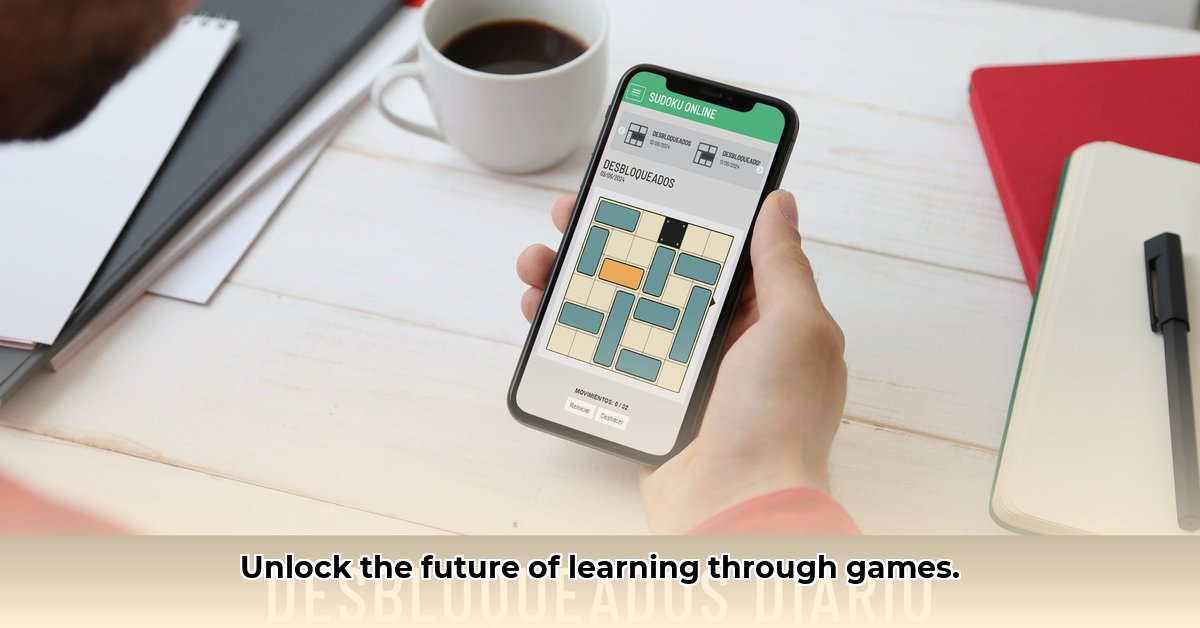
Unblocked games, readily accessible online games often found on school computers, present a complex challenge in the educational landscape. Their ease of access and instant gratification are undeniably appealing to students, but this convenience comes with potential downsides impacting learning, well-being, and safety. This article explores the multifaceted world of unblocked games, examining their benefits and drawbacks while proposing strategies for responsible management.
The Allure of Instant Play: Understanding the Appeal
The primary attraction of unblocked games is their immediate accessibility. No downloads, no installations – just click and play. This instant gratification provides a quick escape during downtime, offering a much-needed mental break between classes or after completing homework. For students, particularly those with limited access to games at home, this readily available entertainment can be a significant draw. However, this ease of access also presents a crucial challenge. How do we balance the need for enjoyable downtime with the demands of academic focus? Is the convenience worth the potential disruption? Research indicates that even short bursts of gaming can significantly impact concentration levels, highlighting the need for careful management.
Education: A Potential Ally or a Distracting Foe?
The educational value of unblocked games is a matter of ongoing debate. Proponents argue that certain games can enhance problem-solving abilities, critical thinking, and hand-eye coordination. Strategy games, for example, can promote strategic planning and decision-making. However, most readily available unblocked games are designed primarily for entertainment, not structured learning. The vast majority lack pedagogical value, raising concerns about their contribution to a student's overall academic development. Many are simply time-fillers designed for quick, repetitive amusement. Are these games a valuable educational resource, or a distraction dressed in digital clothing?
Content Concerns: Navigating the Potential Dangers
A significant concern surrounding unblocked games revolves around their content. The lack of centralized oversight on many platforms increases the risk of exposure to inappropriate material, including violence, offensive language, and potentially harmful ideologies. This poses substantial challenges for schools and parents striving to protect students. Dr. Evelyn Reed, Professor of Educational Technology at the University of California, Berkeley, emphasizes the need for "proactive, multi-layered approaches to content filtering and digital literacy education." The question remains: Are existing filters sufficient, or do we need more sophisticated methods to monitor and regulate student access?
Striking a Balance: A Collaborative Approach
Addressing the challenges posed by unblocked games requires collaborative action from all stakeholders. Schools must implement robust content filters and monitoring systems, while simultaneously fostering open communication between teachers, students, and parents. Educating students about responsible digital citizenship and the importance of balanced screen time is crucial. Parents can play a vital role by establishing clear expectations and setting healthy gaming habits at home. This collaborative approach, involving schools, families, and even game developers focused on age appropriateness, aims for a safe and balanced digital learning environment.
The Future of Learning: Integrating Games Responsibly
Rather than focusing solely on restricting access to unblocked games, a more nuanced approach should explore their potential as educational tools. Carefully selected games could complement classroom learning, enhancing engagement and providing alternative learning pathways. However, this requires careful selection, thoughtful implementation, and ongoing evaluation. The key lies in integrating games strategically and purposefully, to support rather than hinder learning.
The popularity of unblocked games underscores a fundamental truth: students crave engaging digital experiences. Education must meet this need while mitigating the risks. This requires ongoing research, open dialogue, and a commitment to fostering a learning environment where technology serves as a tool for progress, not an obstacle to learning. The path forward demands a dynamic and collaborative effort to achieve a balanced and safe digital learning environment for all.
⭐⭐⭐⭐☆ (4.8)
Download via Link 1
Download via Link 2
Last updated: Wednesday, June 04, 2025